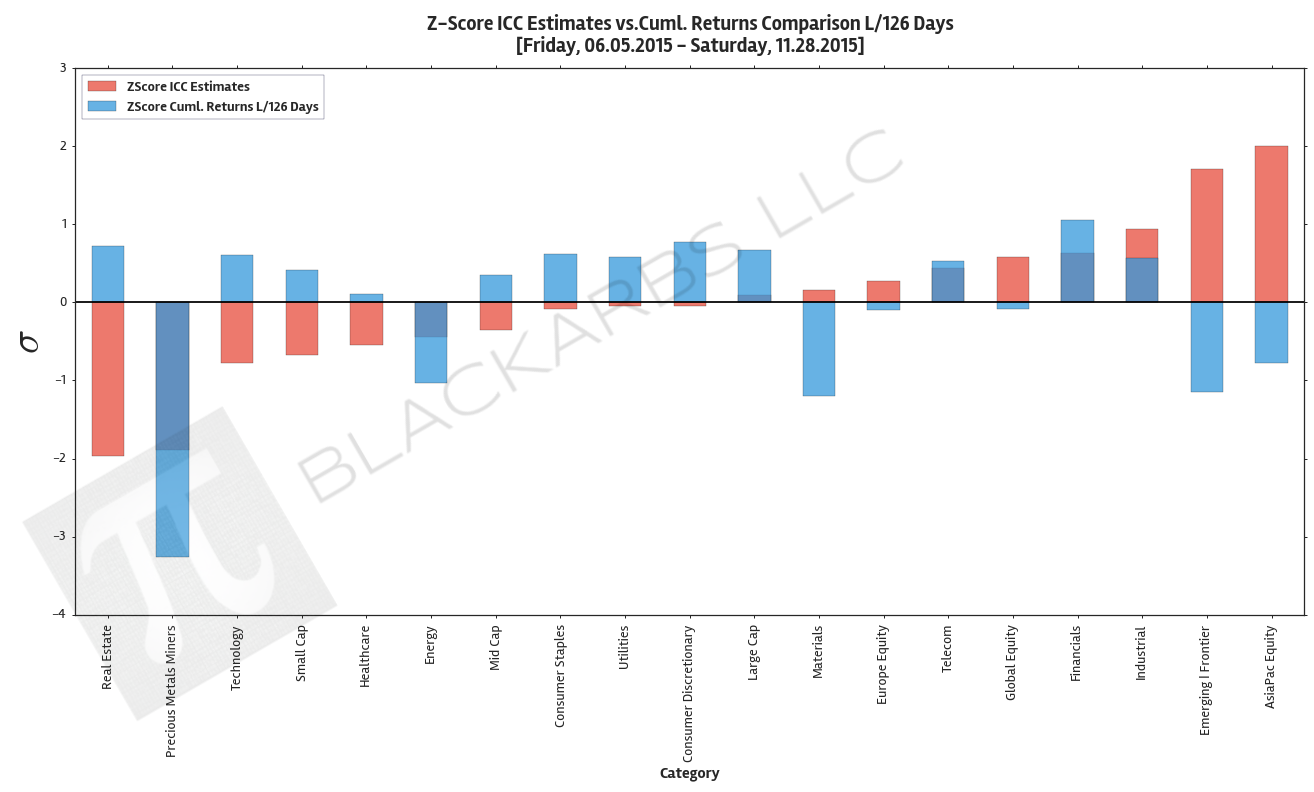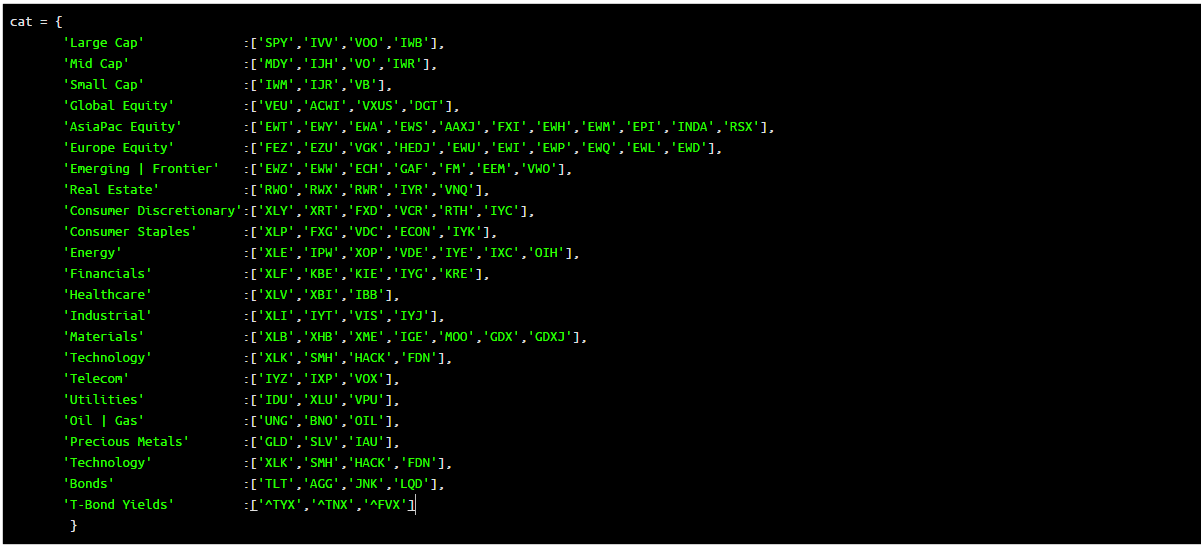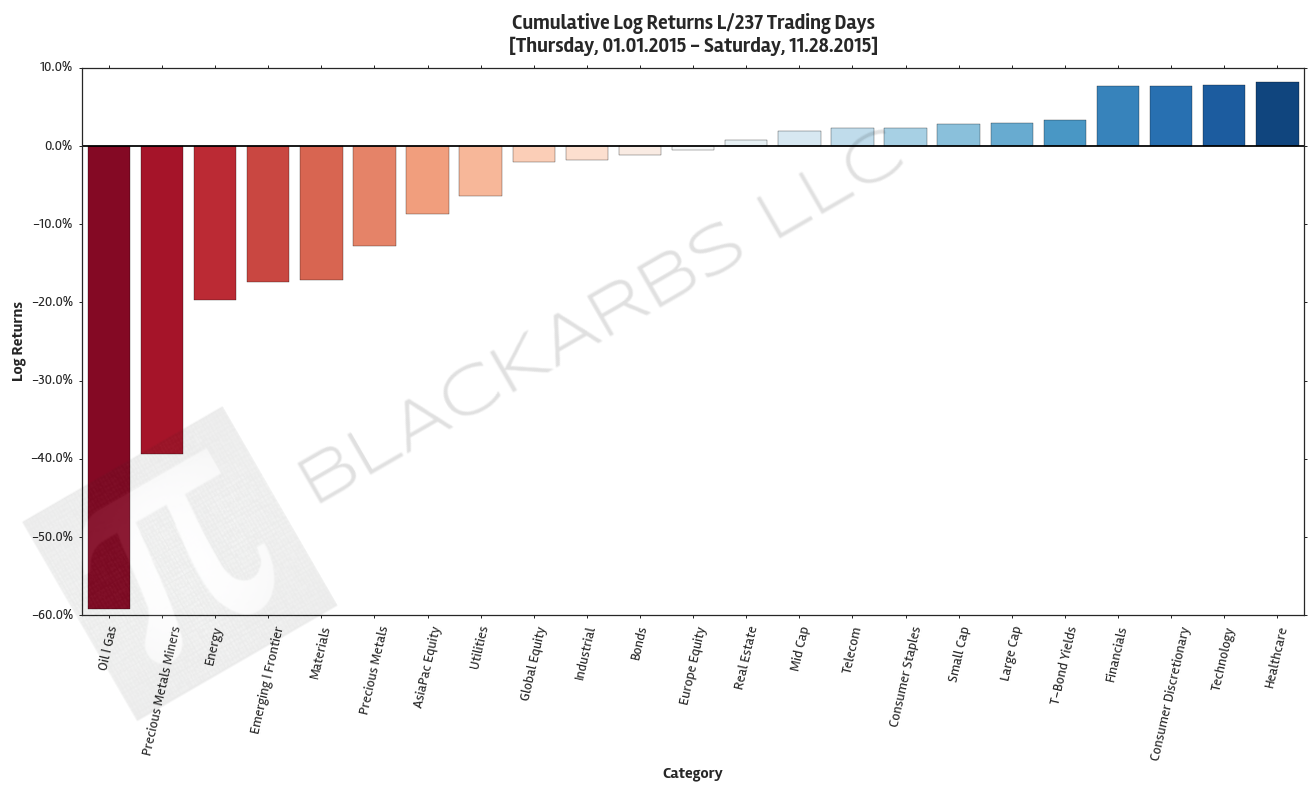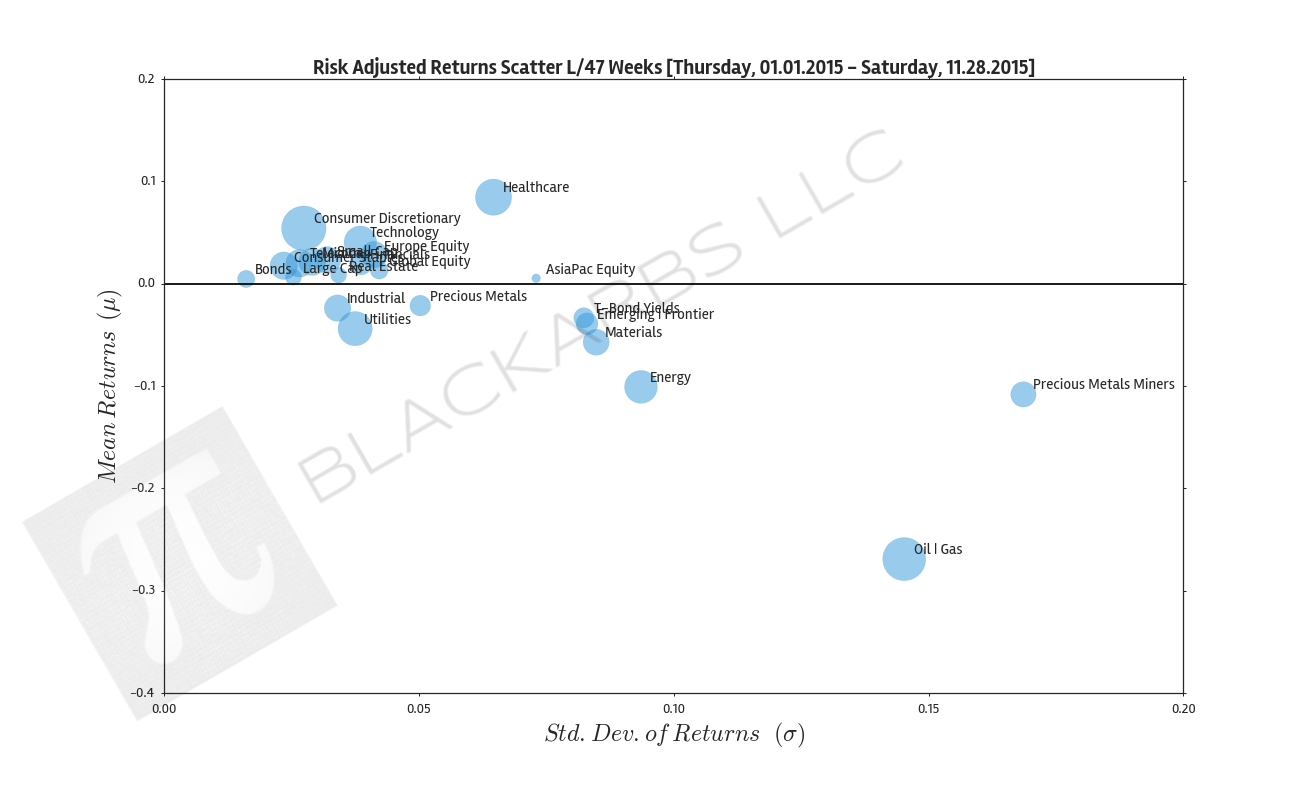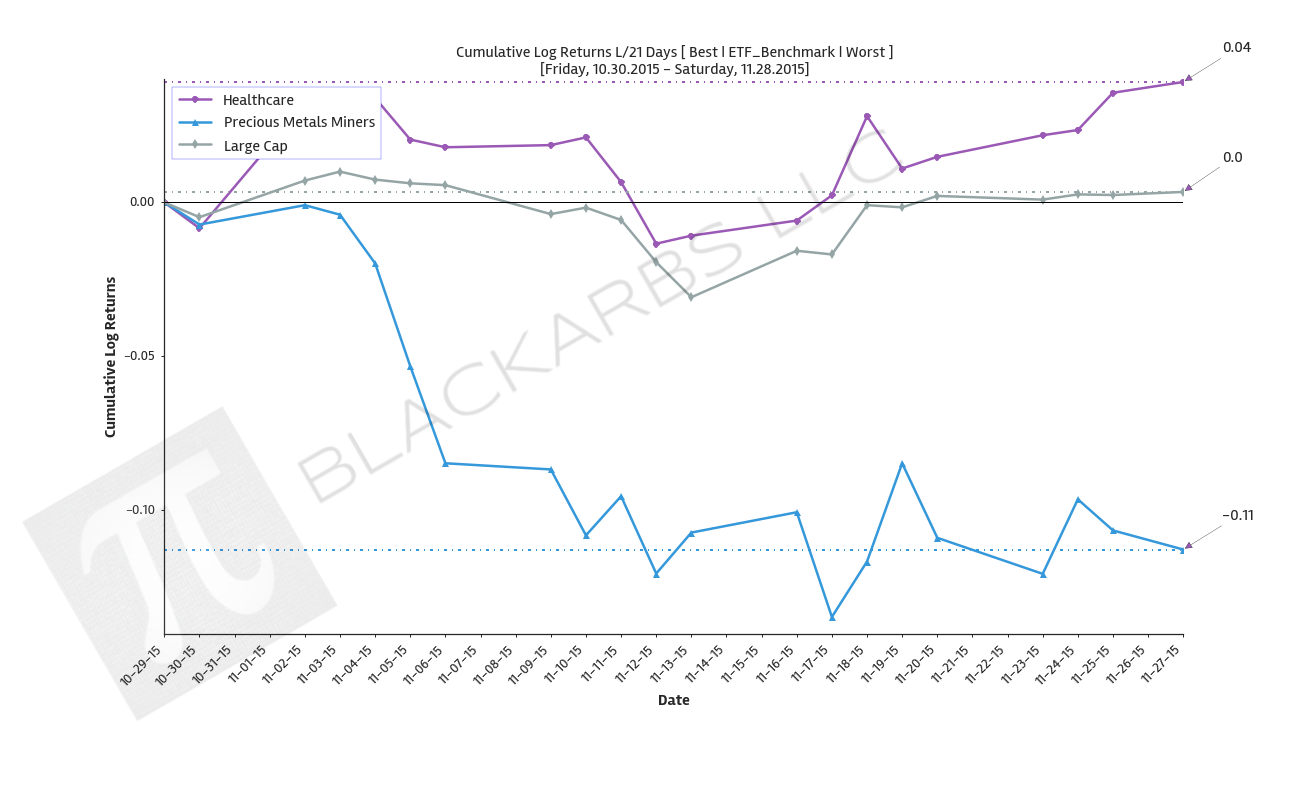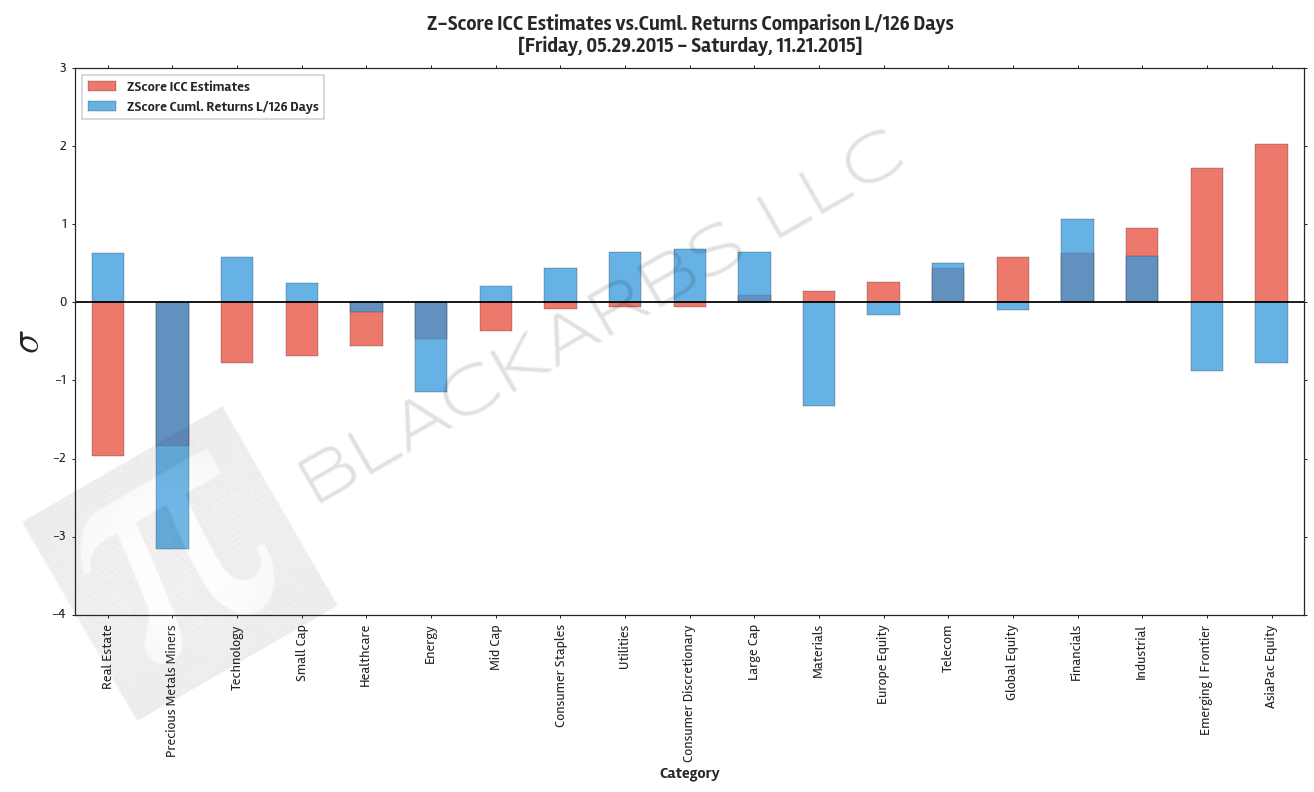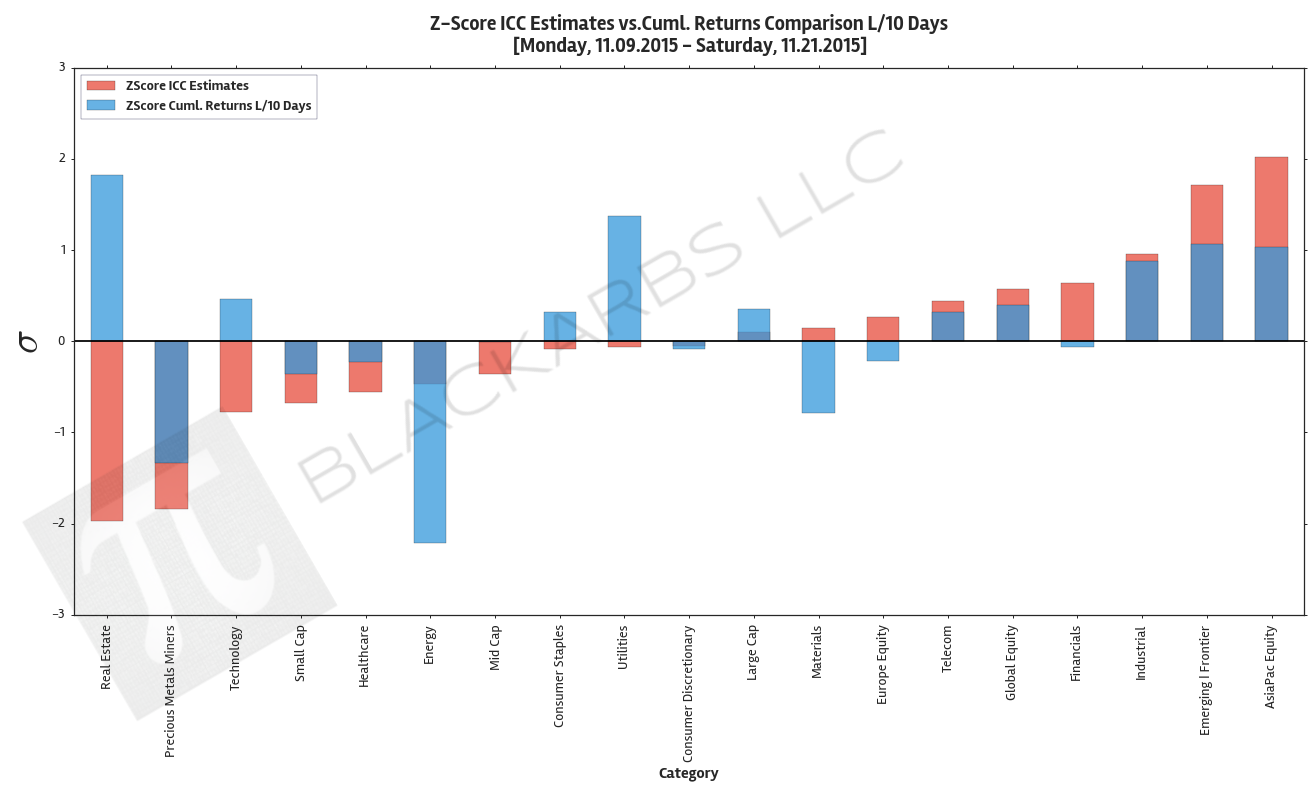Synthetic Data Generation (Part-1) - Block Bootstrapping
/Introduction
Data is at the core of quantitative research. The problem is history only has one path. Thus we are limited in our studies by the single historical path that a particular asset has taken. In order to gather more data, more asset data is collected and at higher and higher resolutions, however the main problem still exists; one historical path for each asset.
Read More




























